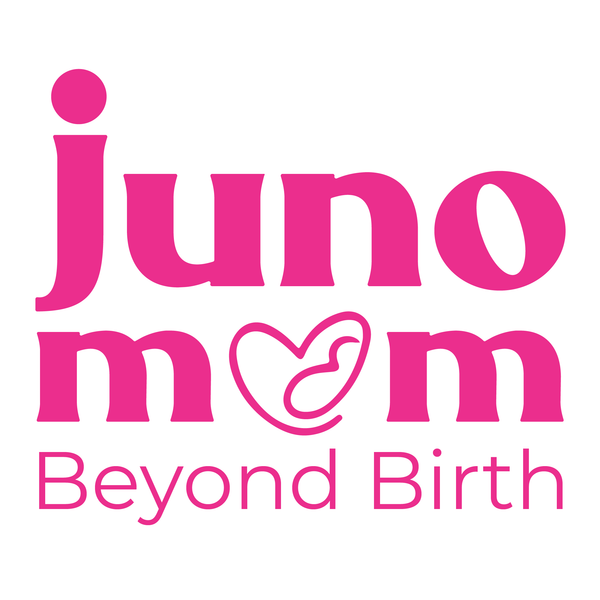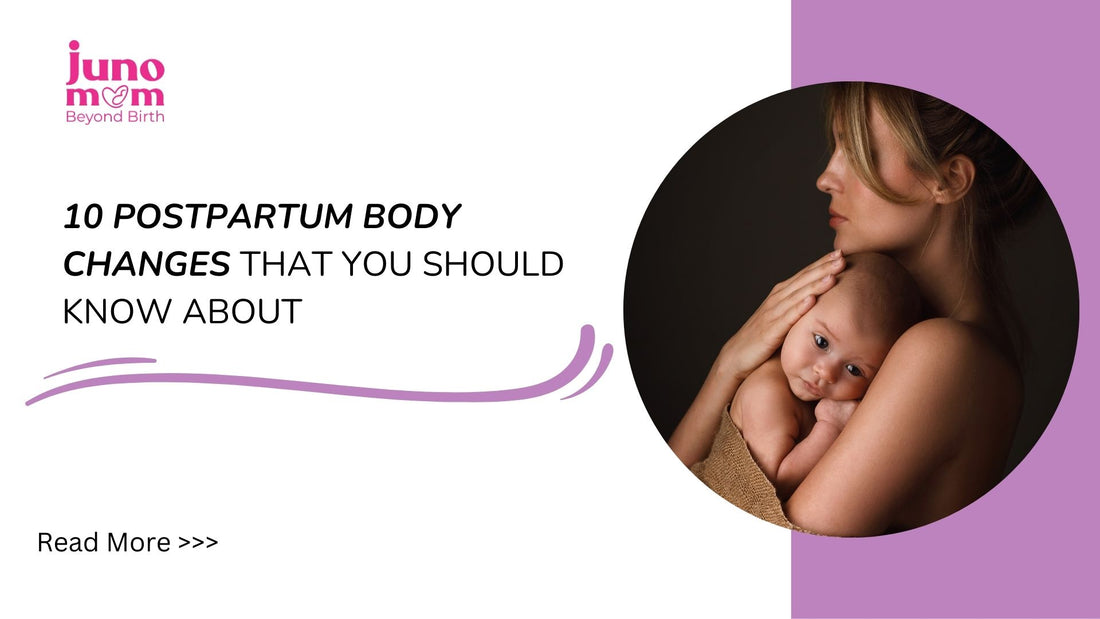The journey into motherhood is nothing short of extraordinary, filled with emotions, challenges, and profound changes, both inside and out. While much of the focus is often on the new baby, it’s equally important to recognize and understand the transformations happening within your own body after childbirth.
Whether you're a new mom or someone preparing for the journey, understanding the postpartum body changes is crucial for your health and peace of mind.
Postpartum Bleeding (Lochia)
After childbirth, your body needs time to shed the lining of the uterus. This process, known as lochia, is often mistaken for a prolonged period. Expect heavy bleeding for the first few days, gradually tapering off over several weeks.

Breast Changes
Your breasts undergo significant changes postpartum as they prepare for breastfeeding. From engorgement to tenderness, these changes can be uncomfortable but are a natural part of your body adjusting. For some, there might be concerns about milk supply or managing the discomfort.

Postpartum Hairfall
Postpartum hair loss is another common concern. After enjoying a full mane during pregnancy, many new moms experience hair shedding around three months after childbirth. This is due to the drop in estrogen levels and is usually temporary.

Worried about your postpartum recovery? Talk to an expert on Juno Mom
Skin Pigmentation
During pregnancy, some women develop dark patches on their skin, a condition known as melasma or the "mask of pregnancy." Postpartum, this pigmentation may fade, but it could take time. Sun protection and proper skincare are essential during this period.

Stretch Marks
Stretch marks are a common postpartum change, as the skin stretches rapidly during pregnancy. While they may never completely disappear, they usually fade over time. Moisturizers and oils can help keep the skin hydrated and improve its elasticity.

Weight Fluctuations
Postpartum weight loss isn’t always as quick as some might expect. Your body has spent nine months growing a baby, and it can take time to return to your pre-pregnancy weight. A healthy diet and gentle exercise, with a focus on gradual weight loss, are key.
Pelvic Floor Changes
The pelvic floor muscles can weaken during pregnancy and childbirth, leading to incontinence or a feeling of heaviness. Pelvic floor exercises, such as Kegels, can help restore strength and improve bladder control.
Back Pain
Back pain is a common complaint among new moms, often due to the strain of pregnancy, childbirth, and the physical demands of caring for a baby. Proper posture, gentle exercises, and physical therapy can be beneficial in alleviating discomfort.

Abdominal Separation (Diastasis Recti)
Diastasis recti is the separation of the abdominal muscles that occurs during pregnancy. Postpartum, many women experience a gap between their abdominal muscles, which can lead to a bulging belly and back pain. Physical therapy and targeted exercises can help in healing and closing this gap.

Varicose Veins
Pregnancy can increase the pressure on the veins in your legs, leading to varicose veins. While some may improve after childbirth, others might persist and may require medical treatment or lifestyle changes to manage.

Understanding these postpartum body changes can help you feel more prepared and less anxious during the transition to motherhood. Remember, every mom’s experience is unique, and it’s essential to listen to your body, seek support when needed, and give yourself time to heal. By being informed and proactive, you can navigate these changes with confidence and grace.
Explore Juno Mom’s Postpartum Essentials for a safe and comfortable postpartum recovery.



